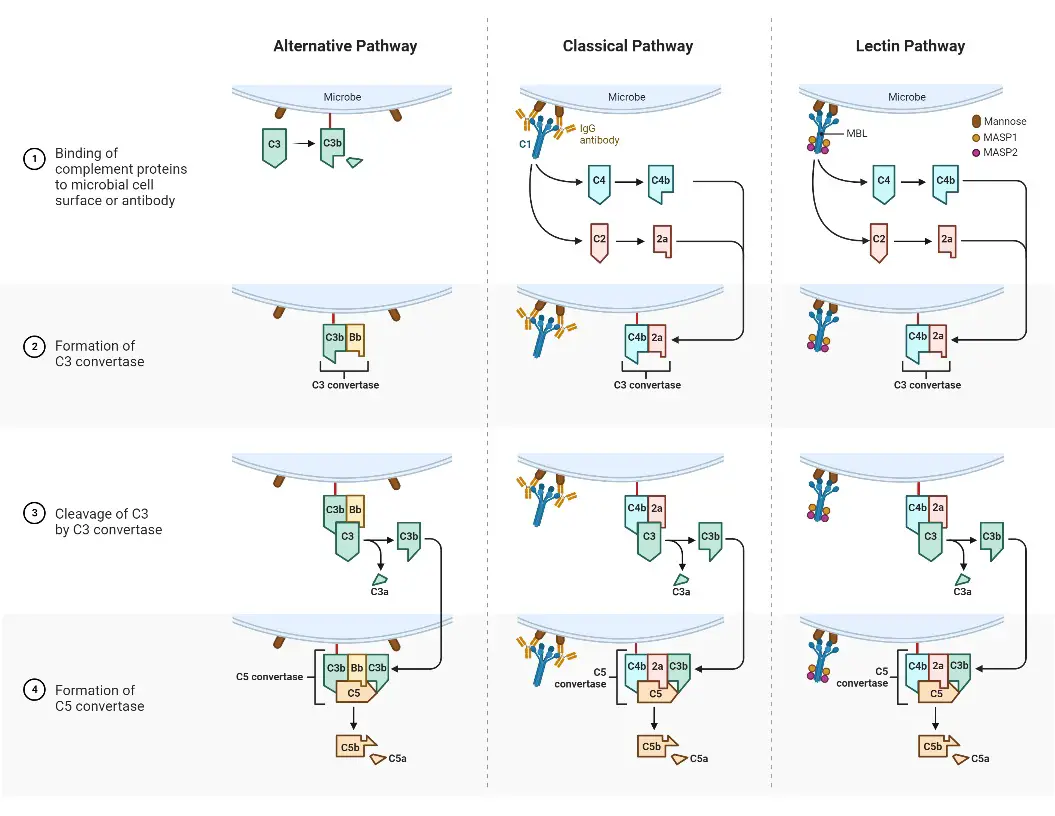Through technological advances, The methods for sterilization have changed throughout the decades. There are now many different methods of sterilization employed in laboratories. However, autoclaving using steam is the most popular method for sterilization in the majority of labs. Although autoclaving is a clean rapid, reliable, and cost-effective method of sterilization, without any environmental risks and risks, it is still utilized most often in hospitals. However, there are three commonly employed methods of sterilization that are used: the steam autoclave unsaturated chemical-vapor sterilizer as well as the dry heat sterilizer. This article will only focus on steam autoclaves and dry heat sterilization techniques.









